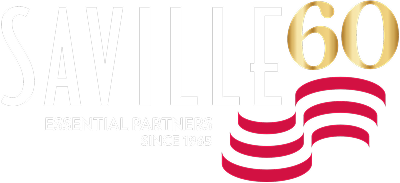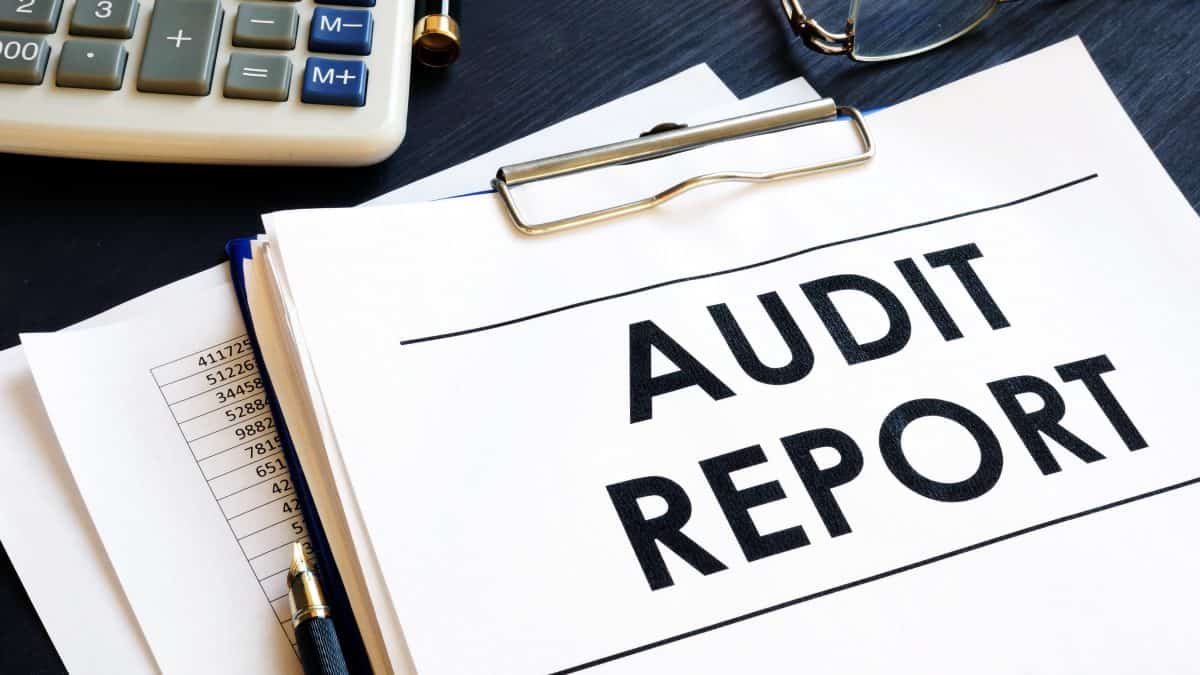As we move forward into 2022, it is important to become familiar with the new standards the AICPA has issued that will affect all audits. This new suite of auditing standards (SAS Nos. 134-140) is effective for private entities with periods ending on or after December 15, 2021. Most noteworthy changes include:
Changes to the Auditor’s Report
Changes to the form and content of the auditor’s report are intended to enhance the communication value and transparency in the audit, audit results, and the responsibilities of the auditors and management to the external users.
Key Audit Matters (KAMs)
KAMs may be presented to represent, in the auditor’s professional judgment, matters that were of most significance in the audit of the financial statements during the period. These generally are matters communicated to those charged with governance and include reporting on areas of higher risk of material misstatement, areas of financial statements that involve significant judgment, or significant events or transactions occurring during the current year audit. KAMs intend to provide greater transparency to users of the financial statements regarding the audit performed by providing more information as to where risks may be and what areas of the audit required significant audit attention.
The new standard does not require the reporting of KAMs for nonpublic entities, however, an entity may decide to engage their auditor to communicate KAMs. Those electing to engage their auditor to communicate KAMs will have the primary reason for designation as a KAM, how the KAM was addressed in the audit, and references to the financial statement accounts or disclosures related to the KAM included in the auditor’s report.
Enhanced Communications
Additional communications with those charged with governance regarding significant risks identified during planning for the audit engagement are another potential aspect of the new standards. As with most of the amendments in the new auditing standards, the intent is to provide additional transparency into the audit process.
Related Parties
The new standards require additional procedures over related parties and related party transactions. Such procedures will include increased testing of related party transactions that have not been appropriately authorized or instances where exceptions to the entity’s established related party transaction policies have been granted. Additional testing procedures are now also required over the completeness and accuracy of related party relationships and transactions.
Taking these changes into account will mean additional documentation, additional questions, and potentially additional audit time. Therefore, it is important to expect more questions or requests not made in prior year audits and understand that with those additional requests and questions come additional audit effort.
If you have questions or would like additional information, please contact your Saville advisor.

